
One of the biggest debates in financial trading is whether it’s most effective and efficient to utilise automated trading software or to trade the markets manually. The discussion rages on because most leading investment institutions and hedge funds now utilise well-optimised trading robots and algorithms to pull money out of the markets.
Does that mean automated trading is the way you should go too? Read on as we discuss the merits of automated trading methods and their advantages or disadvantages compared with manually executing trades in the markets yourself.
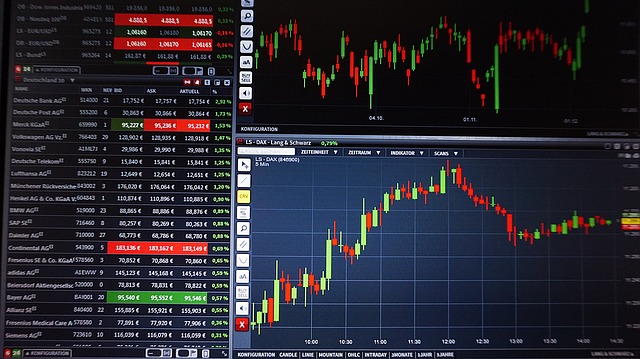
Which markets can you use to automate your trades?
Automated trading can be utilised on both the forex and stock markets. Forex trading is the world’s most liquid form of financial trading, with daily trading volumes upwards of USD$5 trillion. With so much money flowing through the markets, spanning major, minor and exotic forex pairs, traders require razor-sharp instincts to execute their positions.
Using an automated trading bot or algorithm, it’s possible for financial traders to establish trading ‘rules’ that their bots must abide by when it comes to placing orders in the market. These rules normally include technical indicators that the bots can look out for in the markets to try and take advantage of trading opportunities, such as support and resistance points. Once orders are automated in the market, additional rules can also be customised for specific trades, such as trailing and protective stop losses and profit targets; all of which are a godsend in such fast-moving markets.
Are automated bots easier to use than manual trading software?
One of the big benefits of automated trading algorithms and bots is that you don’t have to spend a lot of time acquainting yourself with trading software. Platforms like MetaTrader4 allow you to quickly build your own trading algorithms and incorporate trading signals and indicators of your own. The system will use these predetermined rules and conditions and only place trades on your behalf if the market behaves the way you intend it to.
The execution of automated trading bots Vs manual trades
When it comes to placing manual orders in the financial markets, you are continually at the mercy of your equipment, connectivity and your own brain. There may be times when you are distracted from your screen, resulting in you missing an ideal entry point. By automating your trading, you’ll never miss an entry point like that again, vastly improving the entry speed of your orders, generating them as soon as your trading signals and indicators are met. Markets move fast and some manual traders can also be demoralised by watching trades soar through their profit targets or blow through a stop-loss point before an order has even reached the market.
Erasing the issue of emotion from trades

There’s no two ways about it, financial trading is a very emotive profession. The psychology of trading is a fascinating one and for some manual traders it’s a never-ending battle of wills. Many manual traders find it hard to accept when they’ve got a trade wrong and instead of sticking to their trading plan they let it run to try and win back some of their losses, only to make even bigger losses in the process. By automating your trades, you can eliminate emotion from your trading, ensuring your bankroll only gets involved during optimal market conditions and avoiding overtrading every perceived opportunity.
Automated trading and the issue of risk management
Even in the most volatile of markets, automated trading is hugely beneficial to protect your bank. Human emotions such as fear of accepting a loss or even a fear of missing out on a trade can all encourage manual traders to open positions they really shouldn’t be in. By abiding by automated trading rules and conditions, you can be sure that your trades are only executed at the right time and your orders will always be closed once your profit and loss benchmarks are hit. Your trading plan can be followed to the absolute letter.
The drawbacks of automated trading
Of course, the biggest potential issue with automated trading is mechanical failure. Although it’s a highly sophisticated way to trade, it’s by no means infallible. Discrepancies do happen between ‘theoretical’ orders highlighted by your trading signals and indicators and those sent from the platform to the market in real-time. This is often due to connectivity issues which may be beyond your control.
It’s always important to have an element of manual trading experience before branching out into automated trading systems. Like any good trading portfolio, it’s important to have a variety of strategies in your arsenal and it’s possible to augment automated and manual trading to get the right balance of consistent and careful executions.
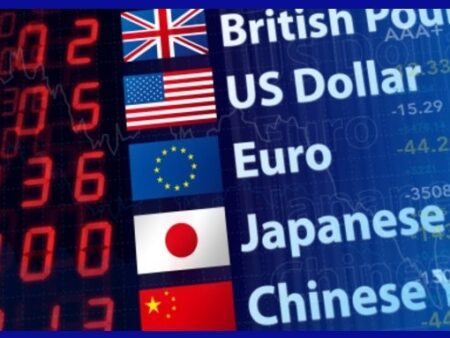
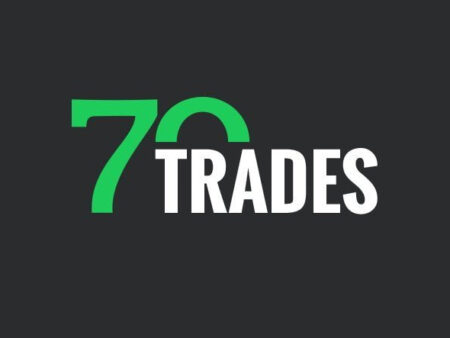
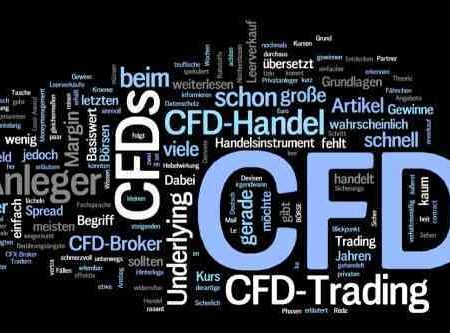

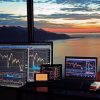
![Binance Review: How the Crypto Exchange Works [2024]](https://www.feedroll.com/wp-content/uploads/2024/03/binance-trading-100x100.png)



